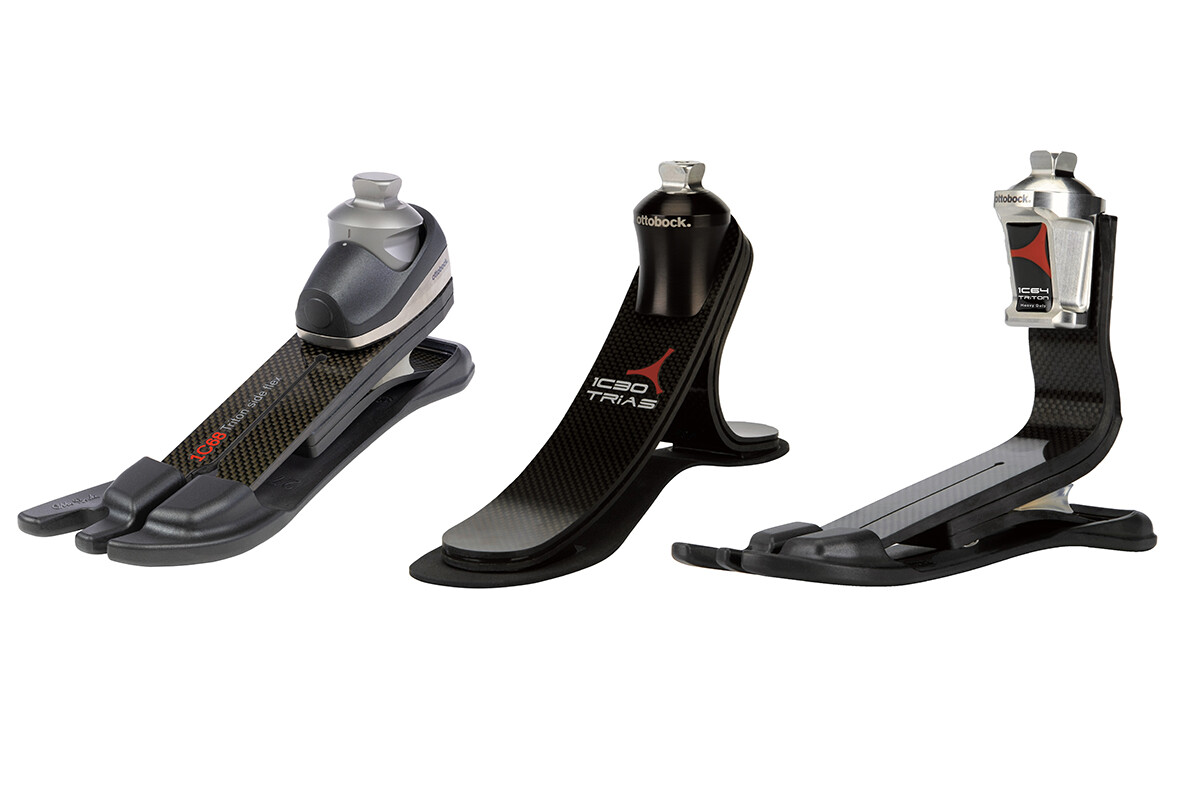Trying to figure out breast prosthesis coverage after a mastectomy? This go-to guide spells out how Medicare steps in, covering the cost and choices that matter to you—from silicone forms to saline-filled options—with an easy-to-follow overview of costs, eligibility, and claims.
Key Takeaways
- Medicare provides coverage for one breast prosthesis per affected side post-mastectomy, including various types, under the Prosthetic Devices benefit, with eligibility based on medical necessity and requiring a prescription from a healthcare provider.
- Original Medicare includes Part A and Part B with respective deductibles and co-insurance, where individuals are responsible for meeting deductibles ($1,632 for Part A and $240 for Part B in 2024) and typically pay 20% co-insurance for covered services after deductibles.
- Medicare Advantage Plans may offer additional benefits and require navigating plan specifics, comparing options, and meeting prior authorization requirements, while post-mastectomy products and special circumstances for replacement and repairs are covered under certain conditions.
Understanding Breast Prosthesis Coverage with Medicare
Medicare plays a significant role when it comes to providing coverage for breast prostheses. Notably, it offers coverage for one breast prosthesis per side for its useful lifetime, provided the individual has undergone a mastectomy. This coverage encompasses various types of prostheses, including silicone breast form prostheses, which are categorised under the Prosthetic Devices benefit.
One must grasp the process to avail this coverage, which takes into account factors like post-surgical bras and mastectomy costs, based on the setting of the surgery- inpatient or outpatient.
Eligibility Criteria for Coverage
The Prosthetic Devices benefit dictates the eligibility criteria for Medicare’s breast prosthesis coverage. This benefit applies to individuals who have undergone a mastectomy, and it permits one breast prosthesis per side for the entire useful lifetime of the breast forms. Further, the prosthesis must be deemed reasonable and necessary for the diagnosis or treatment of illness or injury or to improve the functioning of a malformed body member.
Medicare, an insurance company, thus serves as the primary insurance for eligible individuals, and they receive an insurance card as proof of coverage.
Types of Covered Prostheses
Medicare covers an extensive range of breast prostheses. To ensure you’re covered, visit a Medicare-enrolled supplier and confirm your chosen prosthetic device’s inclusion under the Prosthetic Devices benefit. Importantly, Medicare covers both custom and non-custom breast prostheses, thus providing flexibility in choice.
Furthermore, there is equal coverage for both one silicone breast form and saline breast prostheses, thereby catering to individual preferences and needs with silicone prosthesis options.
Process for Obtaining Coverage
There’s a defined procedure to secure coverage for a breast prosthesis. Firstly, you need to schedule a consultation with your healthcare provider and formally request a prescription. Your healthcare provider plays a critical role in this process, providing the necessary documentation and medical information to substantiate the necessity of the prosthesis.
Lastly, you must visit a Medicare-enrolled supplier and confirm that the prosthetic device is covered under the Prosthetic Devices benefit.
Navigating Costs with Original Medicare

Comprehending the costs linked with Original Medicare forms a key part of understanding breast prosthesis coverage. Original Medicare is divided into two parts, Part A and Part B, each with its own deductible. It’s important to know that:
- The deductible for Part B is $240
- The deductible for Part A is $1,632 per benefit period
- The co-insurance rate for Original Medicare Part B is $174.70 per month
Typically, the individual is responsible for these costs.
Understanding Your Deductible
A deductible is the amount you are required to pay for healthcare services before Original Medicare commences coverage. For the year 2024, the Medicare Part B annual deductible stands at $240. It’s noteworthy that the deductible for Medicare Part A is $1,632 per benefit period.
Every year, on January 1st, the Medicare deductible resets. Thus, all services covered by Medicare contribute towards the Medicare deductible.
Co-Insurance and Out-of-Pocket Costs
Co-insurance represents a percentage of costs that you pay after meeting your deductible. In Original Medicare, this typically entails bearing the responsibility of paying 20% of the cost for each covered service. Specifically, for breast prostheses, the co-insurance rate is 20% of the Medicare-approved amount.
Out-of-pocket costs may include the 20% of the Medicare-approved amount for the prostheses and associated doctor’s services.
Medicare Advantage Plans and Additional Benefits

Medicare Advantage Plans mirror Original Medicare in their provision for breast prostheses coverage. However, they may provide supplementary benefits, including coverage for post-surgical bras, mastectomy, and inpatient costs. It’s vital to scrutinize the specifics of each Medicare Advantage Plan to grasp the particular benefits provided for breast prosthesis coverage.
Moreover, external breast prostheses, such as post-surgical bras post-mastectomy, are eligible for coverage under these plans.
Comparing Plan Options
A comparative analysis is necessary when contemplating a Medicare Advantage Plan. By examining the inclusion of post-surgical bras, mastectomy, and inpatient costs within the plan, you can discern which plan best suits your needs.
It’s also important to understand the advantages and disadvantages of selecting a Medicare Advantage Plan instead of Original Medicare. These insurance plans may offer reduced premiums and additional benefits such as vision and dental coverage. However, they may also have a more restricted network of providers and require pre-authorization for certain services.
Prior Authorization Requirements
Some Medicare Advantage Plans necessitate prior authorization before covering a service, treatment, or durable medical equipment. This step is necessary to verify the medical necessity of the breast prosthesis. The expected timeframe for obtaining approval varies, with urgent requests typically taking 72 hours and non-urgent ones taking seven days.
To apply for prior authorization, your healthcare provider needs to submit a request along with the required documentation to Medicare for approval before receiving the prosthesis.
Working with Insurance Providers
Direct interaction with your insurance provider could significantly facilitate securing coverage for your breast prosthesis. By submitting an itemized receipt or order confirmation email to your insurance provider, you can verify coverage for your breast prosthesis. Additionally, it’s essential to avoid common challenges such as restricted policy coverage for cancer care, refusals for items or services that were not pre-authorized by the provider, and meeting specific criteria to qualify for coverage.
Verifying Coverage
You can confirm coverage for a breast prosthesis by:
- Reaching out to the Medicare Administrative and gathering pertinent information from the Medicare website.
- Ensuring that the supplier for prosthetic devices is enrolled in Medicare.
- Using the Medicare website and the Medicare Coverage Database as excellent resources to help you ascertain coverage for post-surgical bras, mastectomy, and inpatient costs under the Prosthetic Devices benefit.
Filing a Claim
When filing a claim for a breast prosthesis, you’ll need to submit documentation, which includes the diagnosis code on every claim form. Additionally, documenting any changes in medical condition is crucial, as health insurance typically covers medically necessary breast prostheses, forms, and camisoles following a breast reconstruction procedure.
Should your claim be denied, you retain the choice to contest the denial by requesting a written response explaining the basis for the denial, maintaining thorough records of all correspondence, and then formally appeal the decision.
Post-Mastectomy Products: Bras and Accessories

Medicare provides coverage for a range of post-mastectomy products. This includes post-surgical bras, mastectomy bras, and external breast prostheses such as mastectomy forms. However, the frequency of coverage for these products may vary.
Notably, physicians have the authority to prescribe complimentary bras (up to $30 each) for individuals who have had a mastectomy due to breast cancer.
How Many Bras Are Covered?
The number of bras covered by Medicare varies. Typically, insurance policies provide coverage for four to six post-surgery bras annually, although certain providers may only cover pocketed mastectomy bras. In some special circumstances, additional bras can be covered by Medicare.
Coverage for Mastectomy Form Accessories
Medicare provides coverage for a range of mastectomy form accessories. However, some items, such as a mastectomy sleeve, are not covered, and most insurance companies do not cover mastectomy swimsuits or other apparel.
It’s important to remember that in order for Medicare to provide coverage for external breast prostheses, the prostheses must be included in the Prosthetic Devices benefit.
Special Circumstances: Replacement and Repairs
In some special circumstances, Medicare may provide coverage for the replacement or repair of breast prostheses. Medicare provides coverage for the replacement of a breast prosthesis for the duration of its useful lifetime, permitting the replacement of two prostheses if the individual has undergone a bilateral mastectomy. If your prosthesis is lost or irreparably damaged, Medicare may cover a replacement.
When to Request a Replacement
When your breast prosthesis shows signs of being non-functional, such as splitting or cracking at the seams, it’s time to consider a replacement. Typically, breast prostheses should be replaced every few years.
Medicare allows for replacement of fabric, foam, or fiber filled breast prostheses prior to the expected useful lifetime of 6 months due to normal wear and tear.
Repair Coverage
While the coverage for repairs of breast prostheses under Medicare is not explicitly stated, it’s possible that Medicare may provide coverage if the procedure is conducted in an outpatient setting and the prosthesis is included in the Prosthetic Devices benefit. Any necessary repairs must be prescribed by a physician.
Documentation and Billing
Appropriate documentation and accurate billing practices are vital to secure coverage for breast prostheses. This includes:
- The diagnosis code on each claim
- A patient’s medical record indicating a past mastectomy
- A valid and complete detailed written order (DWO)
- A Standard Written Order (SWO) with documented medical necessity for new items and replacements.
It’s also important to avoid common billing errors such as using incorrect billing codes and billing for multiple breast prostheses per side.
Required Documentation
Medicare mandates a prescription for coverage of a breast prosthesis and deems the covered diagnosis codes outlined in the External Breast Prostheses policy as the necessary documentation. In addition, the diagnosis code for the prosthesis or related item must be included in each claim. This ensures accurate documentation and processing of the claim.
This documentation includes medical records that demonstrate the beneficiary underwent a mastectomy with one of the covered diagnoses for breast prosthesis coverage.
Billing Best Practices
Adhering to the correct billing practices is key to ensuring coverage for your breast prosthesis. This includes the submission of supplementary claims and recognizing that Medicare will only reimburse for one breast prosthesis per side for the functional lifespan of the prosthesis.
It’s also important to use the correct codes, such as L8035 for a molded-to-patient-model custom breast prosthesis, when billing Medicare for breast prostheses.
Frequently Asked Questions
Are breast prosthesis covered by insurance?
Yes, insurance plans typically cover one breast prosthesis per year per affected side, along with mastectomy bras with a prescription from a physician. Federal law mandates coverage for breast reconstruction and prosthetics, ensuring insurance cannot deny this coverage.
How often will Medicare pay for a breast prosthesis?
Medicare will pay for one silicone breast form every two years (or two for bilateral surgeries) or one non-silicone form every six months, as well for as many bras as medically needed, and indicated by your physician.
How do you make a breast prosthesis cover?
To make a breast prosthesis cover, use a 1/4″ seam allowance, create front and back pattern pieces, test the size with fabric, gather the outer edge, and stitch the layers together to insert the prosthesis. Finished!
Do you need a prescription for a breast prosthesis?
Yes, you need a prescription from your physician for a breast prosthesis. This is required for insurance reimbursement and coverage determination.
What types of breast prostheses does Medicare cover?
Medicare covers silicone breast form prostheses under the Prosthetic Devices benefit.
Disclaimer:
This article should at no point in time be refered to as 100% correct, as payment plans, Medicare coverage and such changes over time.
At no point in time can the writer be held responsible for the information given in this article.
This article is solely created to help inform and guide the reader.










